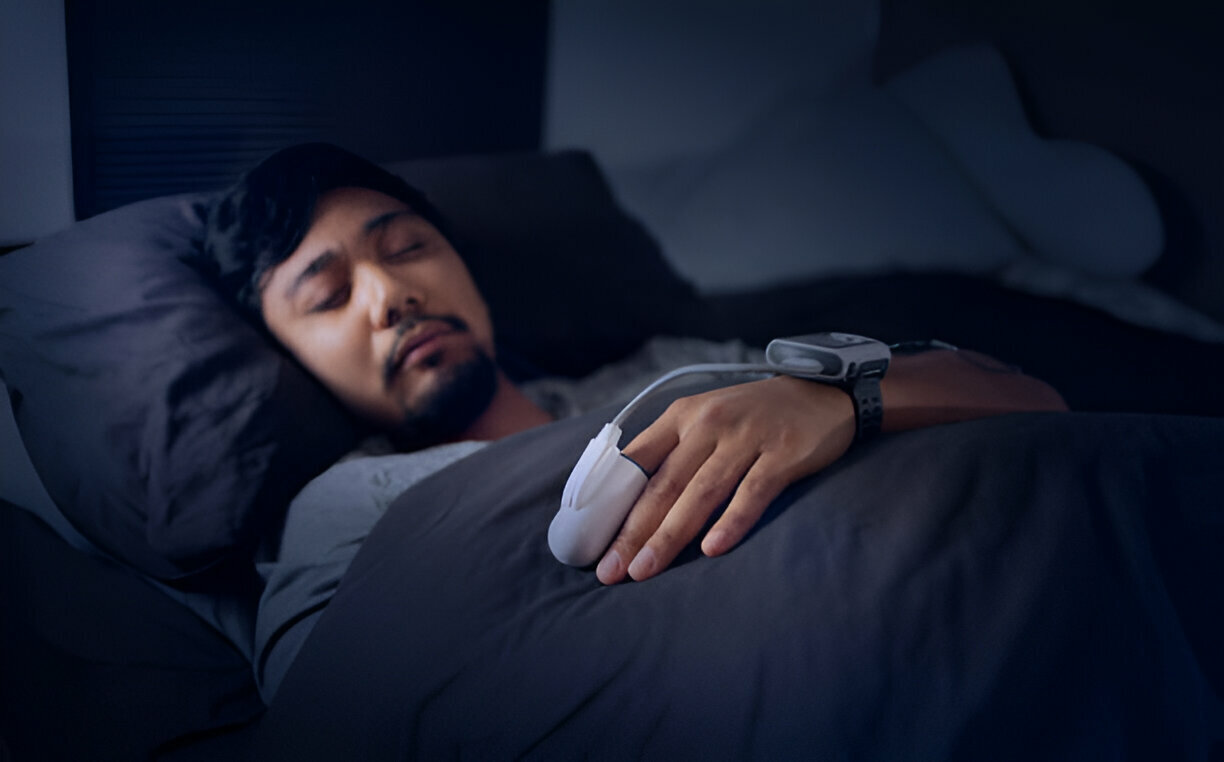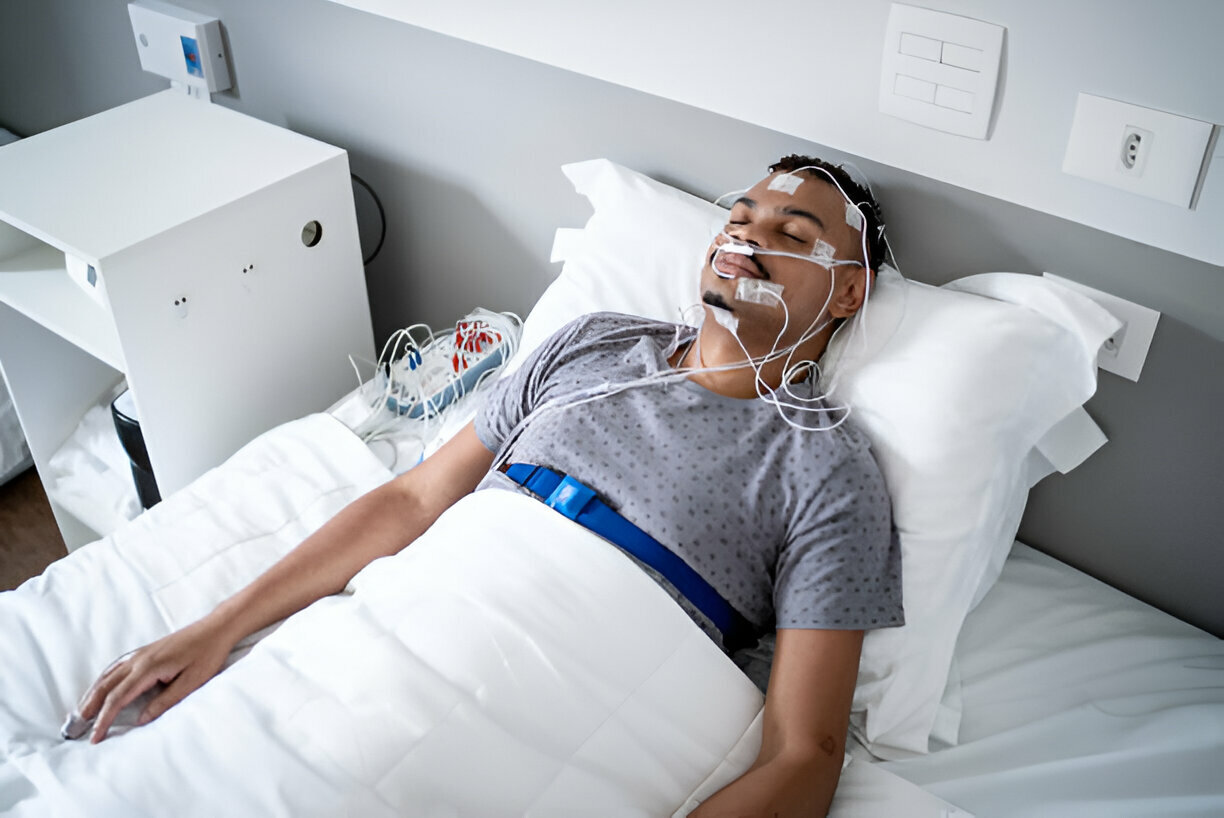
The process is straightforward. You’ll receive the device with clear instructions on how to set it up. Once you wear the device overnight, it collects data that will be analyzed by a doctor to determine if you have sleep apnea and its severity.
A home sleep apnea test is a simple and portable diagnostic tool used to detect obstructive sleep apnea (OSA). Unlike traditional in-lab sleep studies, this test allows you to monitor your sleep patterns from the comfort of your own home. The device records key physiological signals while you sleep, such as:
Measured using nasal sensors.
Captured by belts placed around your chest or abdomen.
Monitored through a small sensor on your finger.
If you live in El Paso, TX, and have concerns about sleep apnea, here’s why an at-home test may be the right choice for you:
Testing from home allows you to maintain your usual sleep environment without interruptions or discomfort from being in an unfamiliar clinical setting.
Home tests are designed to be user-friendly. With just one night of monitoring, your doctor can gather enough data to diagnose obstructive sleep apnea.
For individuals with demanding work or family commitments, an at-home test eliminates the need for overnight stays at a clinic.
This cost-effective option not only saves you money but also reduces the financial burden associated with travel and overnight accommodations.
Home sleep apnea tests focus on specific metrics that help identify OSA. These include:
To detect interruptions or reductions in breathing patterns.
To measure how hard your body works to breathe during sleep.
To assess how well oxygen circulates through your body.
While these tests don’t capture as much data as an in-lab study (e.g., brain activity or muscle tone), they are highly effective for diagnosing moderate to severe OSA.

When deciding between an at-home test and an in-lab study, it’s important to understand their differences.
An at-home test is ideal for people suspected of having moderate to severe OSA without other complicating factors. It’s convenient, cost-effective, and easy to use but may not provide detailed data on other potential sleep disorders.
In-lab studies are conducted under professional supervision and provide comprehensive data, including brain activity (EEG), muscle tone (EMG), and heart rate (ECG). They’re recommended for individuals with complex cases or when other conditions like insomnia or narcolepsy are suspected.
An at-home sleep apnea test may be ideal for you if you:
Common signs include loud snoring, gasping or choking during sleep, excessive daytime fatigue, and waking up with headaches or a dry mouth.
HSATs are most effective for diagnosing moderate to severe OSA in individuals without additional complications like narcolepsy or parasomnias.
If you’re looking for a diagnostic option that allows you to sleep in your own bed while collecting accurate data, an at-home test is a great solution.
Discuss your symptoms and confirm if an HSAT is suitable for you.
Carefully follow the instructions provided with the device.
Go to bed at your usual time and avoid alcohol or caffeine before the test.
Double-check that all sensors are securely attached before starting the test.
By following these steps, you’ll ensure accurate results that can guide your treatment plan.
If you’re ready to take control of your health and address potential sleep apnea symptoms, scheduling a home test is the first step. Enjoy the convenience of testing from home while getting reliable results that can lead to effective treatment.
Obstructive sleep apnea is a condition where breathing repeatedly stops during sleep due to airway blockages.
They are highly effective for diagnosing moderate to severe OSA but may not detect other conditions like central sleep apnea.
Yes, most home tests require a doctor’s recommendation based on your symptoms.
Yes! The device is designed for natural movement during sleep.
Your doctor will discuss treatment options such as CPAP therapy or lifestyle changes based on your diagnosis.
© 8 Hour Sleep Clinic by Bedrock Digital